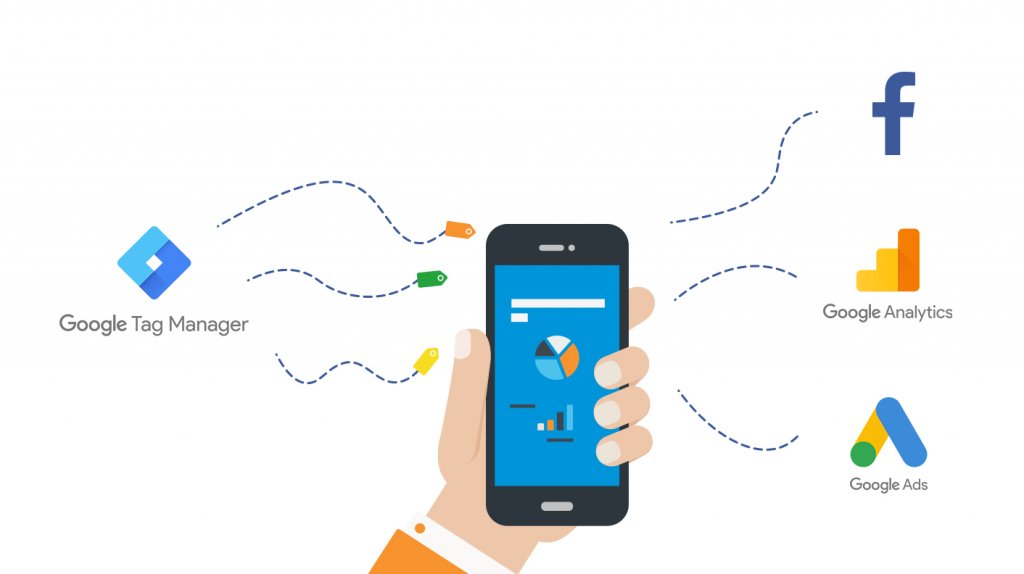As with achieving anything in life, you need a goal to work toward and a plan to help you reach the desired results. This could not be truer than when looking at how to achieve goals in digital marketing.
Too often we see businesses that are online — because they know they have to be there — but haven’t taken steps to implement a concrete plan about what they’re trying to achieve, and therefore, how they are going to get there when they introduce new online campaigns.
Setting up tracking campaigns can be a bit technical; hence it is easy to fob it off or put some things in place without giving it the dedication it deserves. However, tracking is one of the most valuable steps your business can take to ensure reliable results in your online campaigns.

What’s the fuss?
Digital marketing is all about data. Everyone is online, not just because that’s where your customers are, but because that is where you get the most valuable data about your customer engagements, which allows you to offer them better services. Every engagement that happens between your business and your customers online is tracked — or can be tracked — and if you haven’t set up conversion tracking and analytics goal setup before starting digital campaigns, you are throwing away valuable data. And money.
Google ads conversion tracking, and having a clear and measurable goal for any online campaign, is essential because it gives you a barometer by which to measure the success of your campaigns. It also helps you to learn what information is valuable and can thus be used to improve future campaigns, solutions and services.
Without conversion tracking, you’re unable to see what is working and what is not. You’re running at unclear goals and haemorrhaging money and valuable information in the process.

Where to begin
Most would be familiar with Google Analytics. The Google Analytics tool helps you to analyse all online campaigns and gather data about the campaign performance. This is a great start, but there is more that can be done to gather more significant and specific data which are all the more valuable to your business.
Enter Google Tag Manager:
Google Tag Manager allows you to apply tags, which are basically bits of code, in your website’s javascript or HTML so that specific information can be extracted. Each tag is able to track different things. One may look at how users fill in information on your landing page, and then this information goes to Google Analytics, Google Ads or another third party that you may use.
This specific information could include:
- How long users visit a page on your site
- Form submissions
- How a user arrived on your site
- Which links users clicked
- What products were removed from their shopping cart

What’s so great about Google Tag Manager is that the tagging process is made easy and it is more accessible to the less tech-savvy marketer. You don’t need to code tags manually. You embed a code into your website just once and then, for future tags, Google Tag Manager will code and embed the tag for you.
Whatever tool you opt to use, conversion tracking and goal setting are essential to a successful online campaign. Your website is giving you endless amounts of valuable data; your responsibility is to capture and utilise it.
Speak to our team to learn if the tracking tools you have in place are sufficient. Contact us on 1300 812 447 today or get in touch via our contact page.





